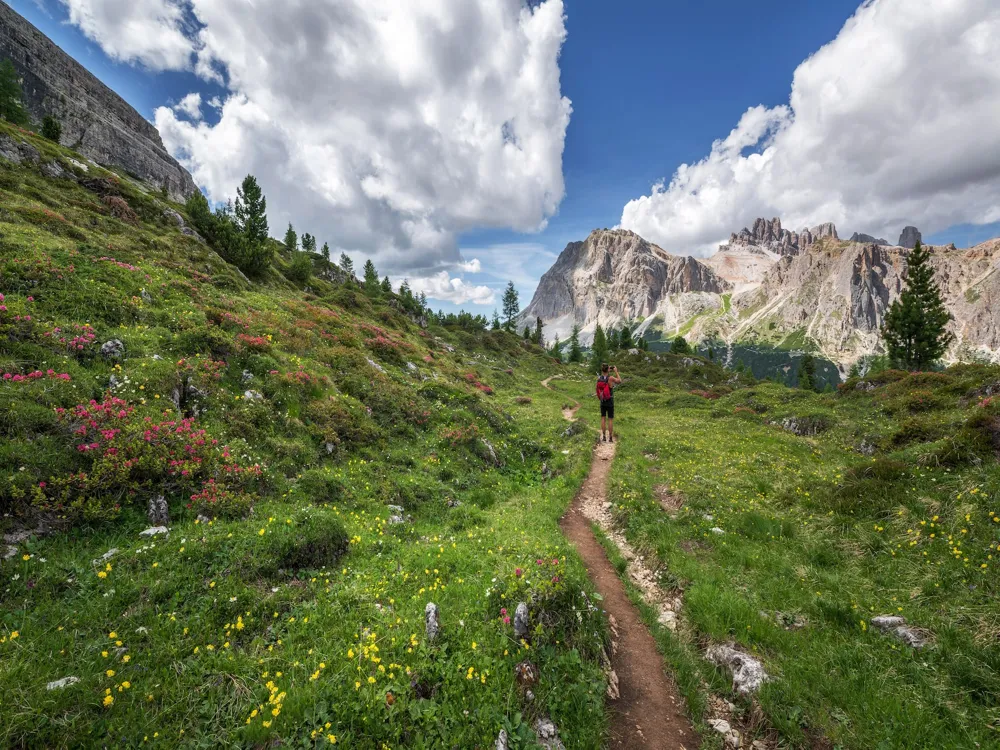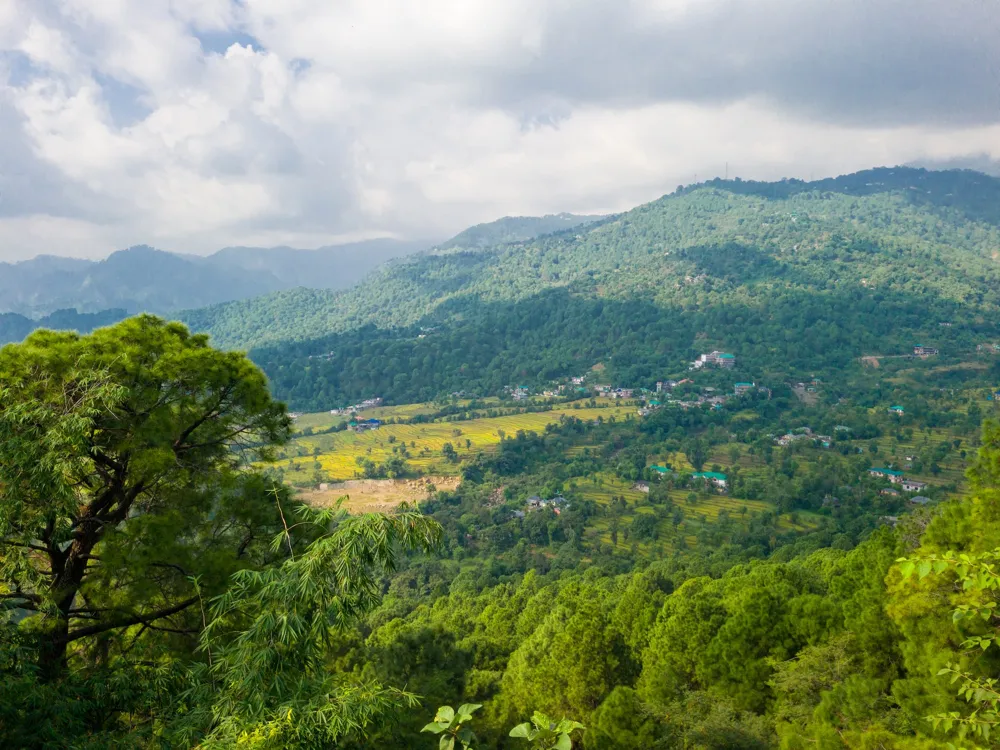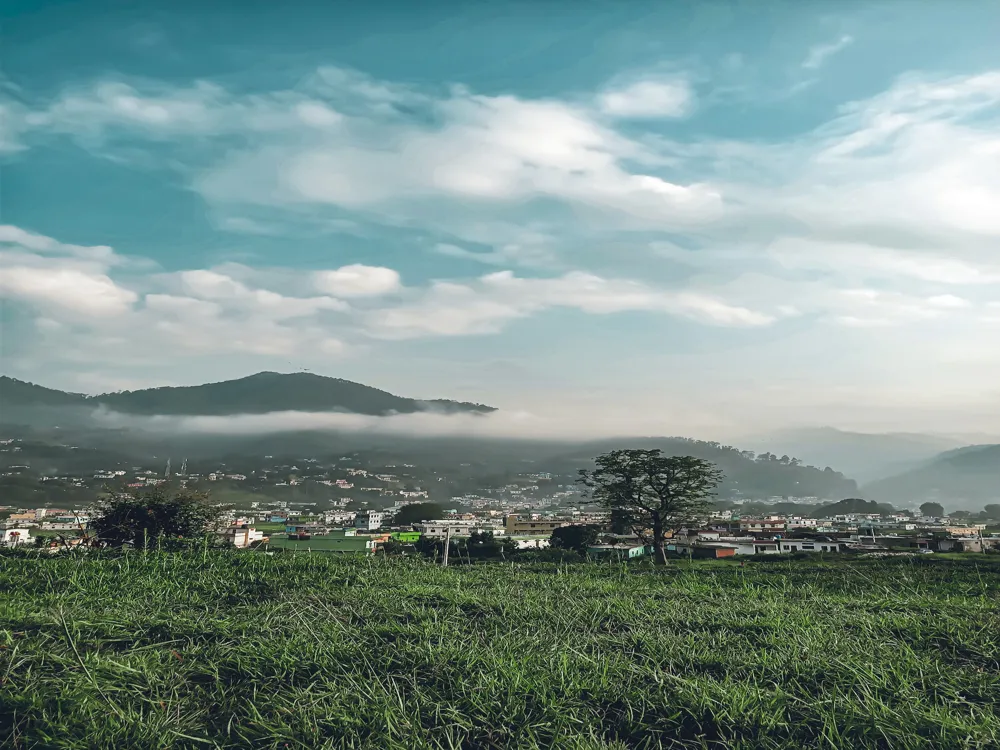Best Time to Visit Guptakashi
Uttarakhand India
34 out of 57 Places to visit in UttarakhandNaN onwards View Packages
Get Customized PackagesThe Land of Diversity
Top Hotel Collections

Private Pool

Luxury Hotels

5-Star Hotels

Pet Friendly
What is the Best Time to Visit Guptakashi?
Nestled in the heart of the Garhwal Himalayas, Guptakashi is a destination that offers a mesmerizing blend of spirituality and natural beauty. Determining the best time to visit Guptakashi is crucial for a truly enriching experience. Our comprehensive guide will navigate you through the various seasons, helping you choose the perfect time to explore this divine destination.
More about Best Time to Travel to Guptakashi
Travel Peak Season in Guptakashi
The peak season in Guptakashi unfolds during the summer months, from May to June. This is when the weather is at its most pleasant, with temperatures ranging between 15°C to 30°C. During this time, the famous Kedarnath Yatra is in full swing, attracting pilgrims from far and wide. The snow-capped peaks provide a picturesque backdrop, creating an ideal setting for both spiritual seekers and nature enthusiasts.
Travel Offseason in Guptakashi
For those seeking tranquility and a respite from the crowds, the offseason from October to November is ideal. The weather begins to cool, with temperatures ranging from 10°C to 25°C. This period offers a unique opportunity to explore Guptakashi's spiritual sites without the hustle and bustle, allowing for a more intimate connection with the serene surroundings.
Guptakashi Travel Packages
View All Packages For Guptakashi
Guptakashi in Shoulder Season
The shoulder seasons, spanning from March to April and September to October, present a delightful balance between the extremes. The climate is mild, with temperatures ranging from 10°C to 20°C, making it conducive for both pilgrimage and exploration. During these months, Guptakashi exudes a distinct charm, with blooming flora and the promise of adventure in the air.
Guptakashi in Hot Season
The hot season, from July to August, brings warmer temperatures ranging from 20°C to 35°C. While the weather is relatively warmer, it is also the time when the annual monsoon showers grace the region. Despite the occasional rain, this period showcases Guptakashi in a lush green hue, making it an attractive destination for those who appreciate the beauty of rainfall against a mountainous backdrop.
Guptakashi in Rainy Season
As the monsoon showers grace Guptakashi from late June to August, the region undergoes a transformation. The rain rejuvenates the landscapes, turning the surroundings into a verdant paradise. Pilgrims who are enchanted by the mystical allure of monsoons often find this season, despite the occasional showers, an ideal time to witness the spiritual vibrancy of Guptakashi.
Guptakashi in Cool Season
The cool season, extending from November to February, brings crisp temperatures ranging from 0°C to 15°C. This is the time when Guptakashi dons a serene blanket of snow, casting a spellbinding aura. While the weather may be chilly, the cool season offers a unique opportunity for those seeking a peaceful retreat, surrounded by the enchanting winter landscapes.
Places To Visit In Guptakashi
Nearby Places Guptakashi
Guptakashi Photos
Browse Package Collections
Browse Hotel Collections
Faq
Q: When is the best time to visit Guptakashi?
A: The ideal time to visit Guptakashi is during the months of May to June and September to November. These periods offer pleasant weather and clear skies, enhancing the overall travel experience.
Q: Is Guptakashi accessible throughout the year?
A: Guptakashi is accessible throughout the year, but it's advisable to avoid the monsoon season (July to August) due to heavy rainfall, which may lead to landslides and difficult travel conditions.
Q: What makes the months of May to June a preferred time to visit?
A: During May to June, the weather in Guptakashi is mild, and the picturesque landscapes are in full bloom. Pilgrims find this time suitable for the Char Dham Yatra, and outdoor activities can be enjoyed comfortably.
Q: Are winters a good time to visit Guptakashi?
A: While winters (December to February) have their own charm with snow-covered landscapes, the temperature can drop significantly. Travelers interested in experiencing snowfall and chilly weather may find this period appealing, but it's essential to prepare for cold conditions.
Q: What should be considered during the monsoon season?
A: Monsoon (July to August) brings heavy rainfall, increasing the risk of landslides and road closures. It's advisable to check weather forecasts and road conditions before planning a trip during this time. Travelers should be prepared for rain and its impact on outdoor activities.





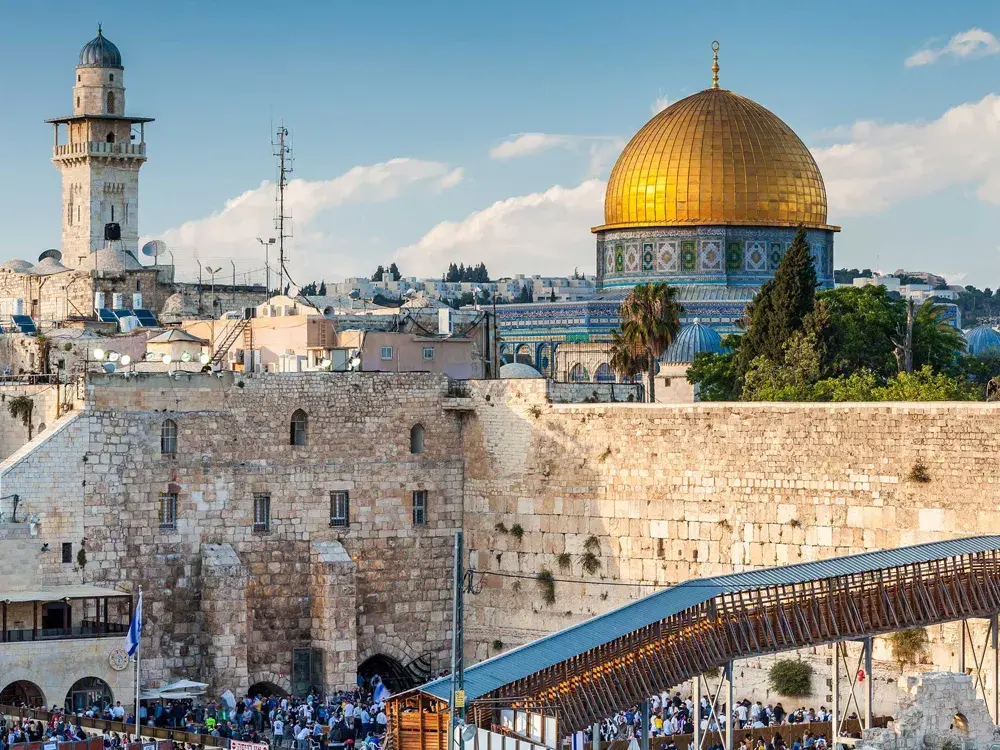

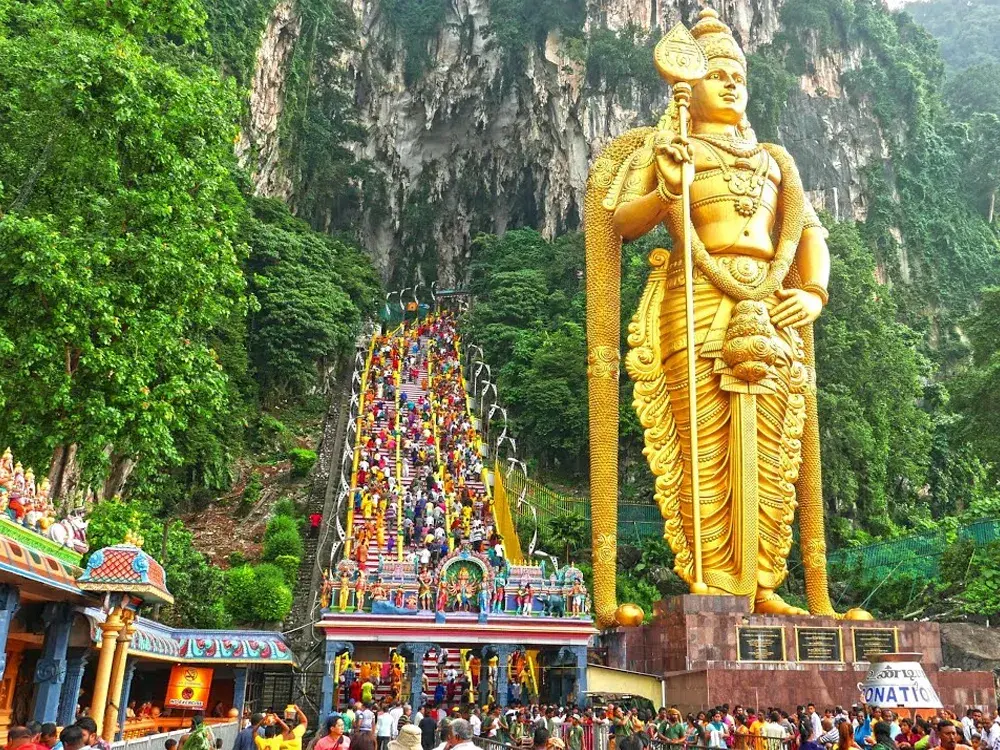
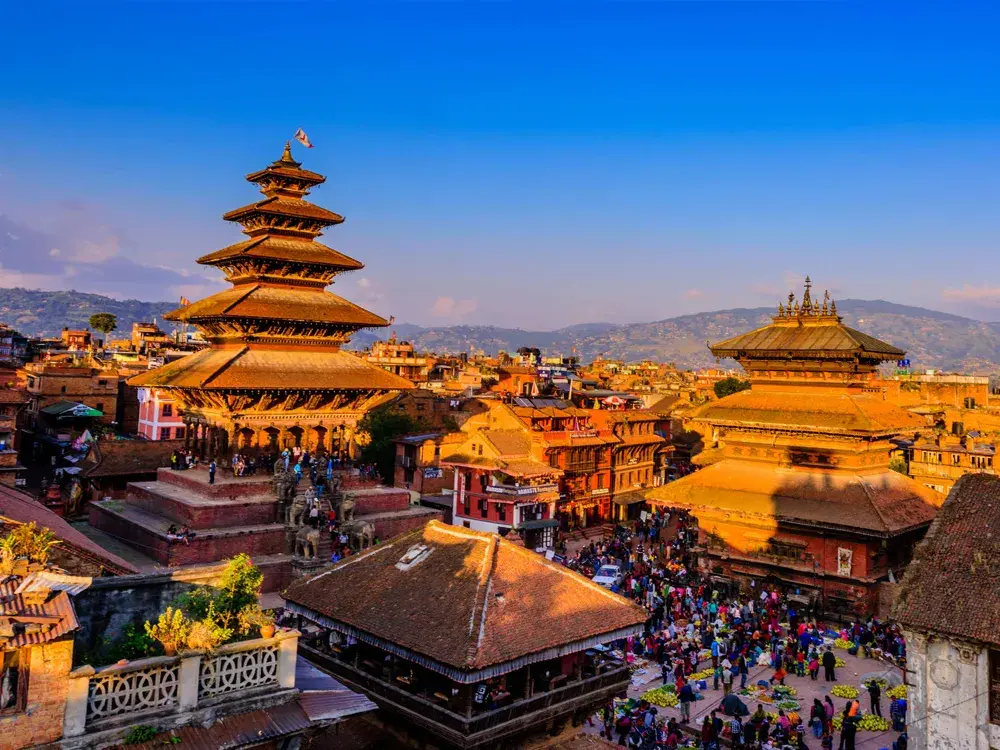



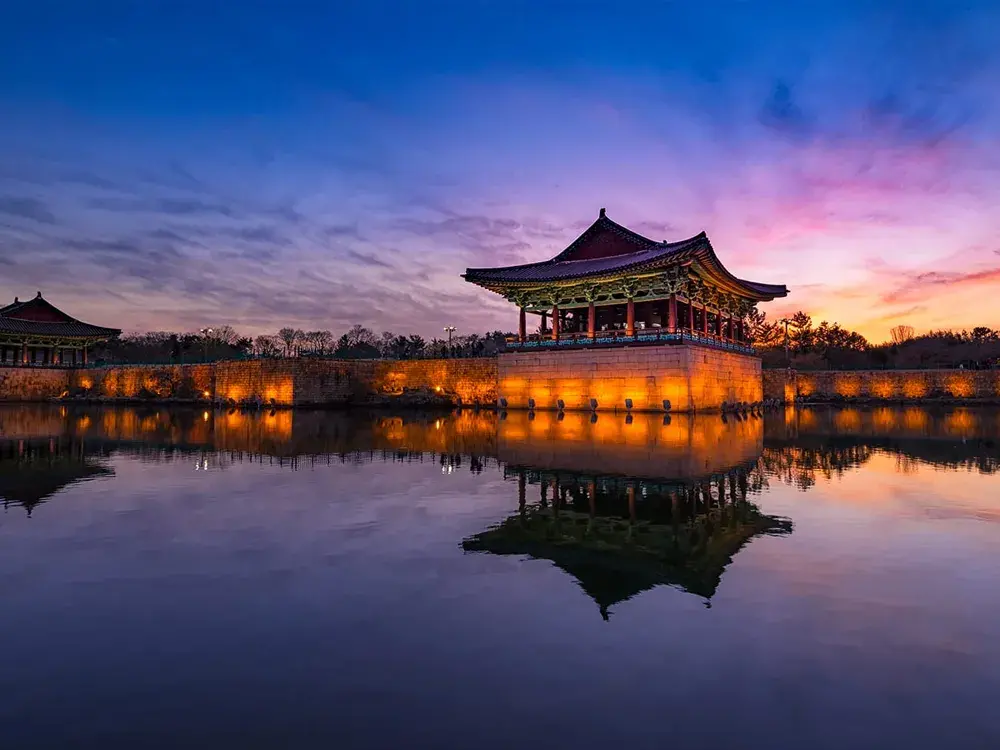

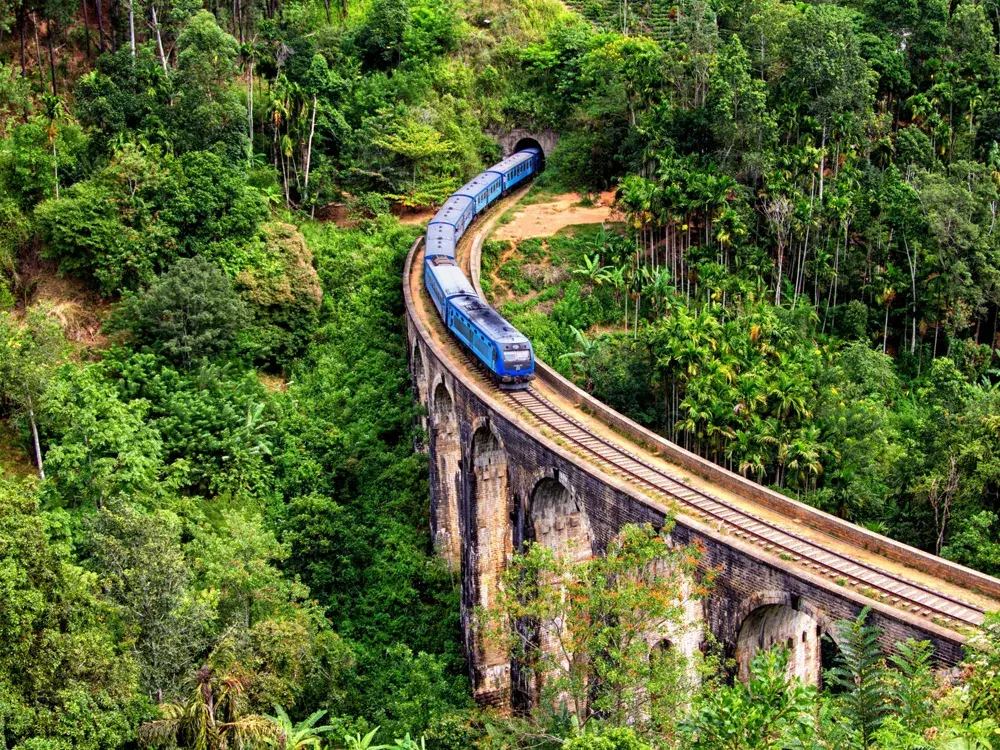

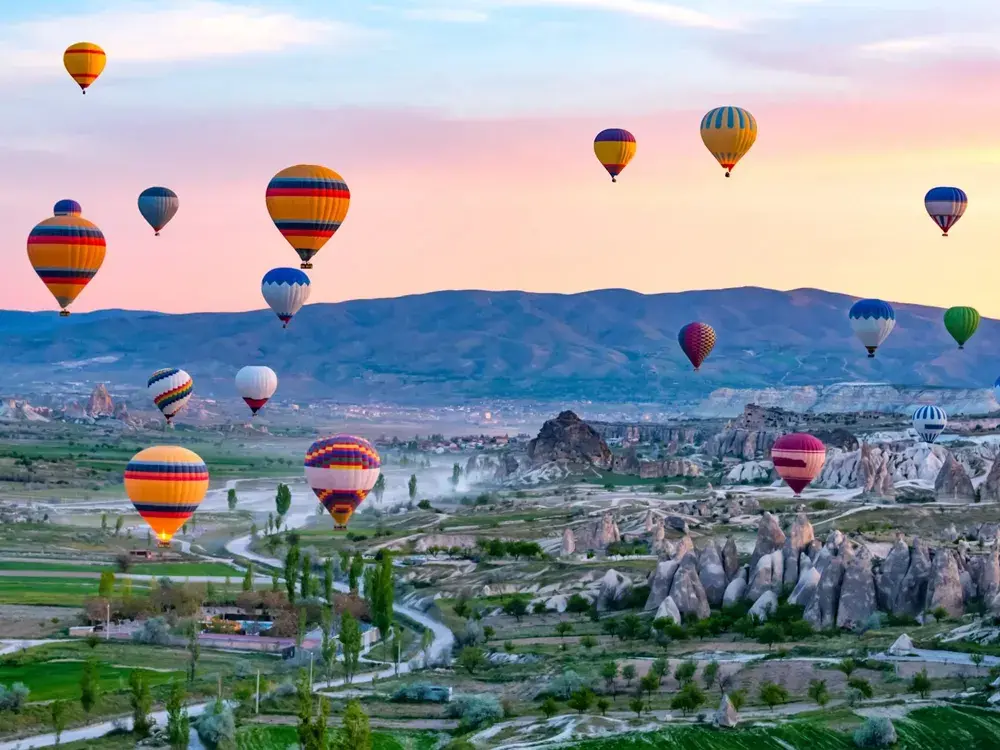
.webp)


